Welcome to The Zone! This article is Part 11 in the Garden Tabs Zone Series, where we look at all USDA Plant Hardiness Zones and recommend the top 18 plants for your region.
Zone 6a
Zone 6a experiences average minimum temperatures ranging from -10 to -5 °F (-23.3 to -20.6 °C), offering a delightful balance of moderate winters and warm summers.
Join us as we discover the 18 best plants that can flourish in Zone 6a, adding beauty, color, and vitality to your garden.
Zone 6a is predominantly found in North America, encompassing regions of the United States such as the Pacific Northwest, the Midwest, parts of the Northeast, and the mountainous areas of the West.
It also extends into parts of Europe, including parts of the United Kingdom and Central Europe.
These regions are characterized by mild to moderately cold winters, warm summers, and a growing season that typically lasts from spring to fall.
Here are 18 of the Best Plants to Grow in Zone 6a
1. Coneflower (Echinacea spp.)
Coneflowers are hardy perennials that thrive in Zone 6a gardens. Their daisy-like blooms in pink, purple, and white shades add vibrancy and attract pollinators.

Coneflowers can withstand temperatures as low as -10 °F (-23.3 °C) and are well-suited for full sun locations.
2. Black-Eyed Susan (Rudbeckia hirta)
The cheerful and low-maintenance Black-Eyed Susan brightens up Zone 6a gardens with its golden-yellow petals and dark centers.
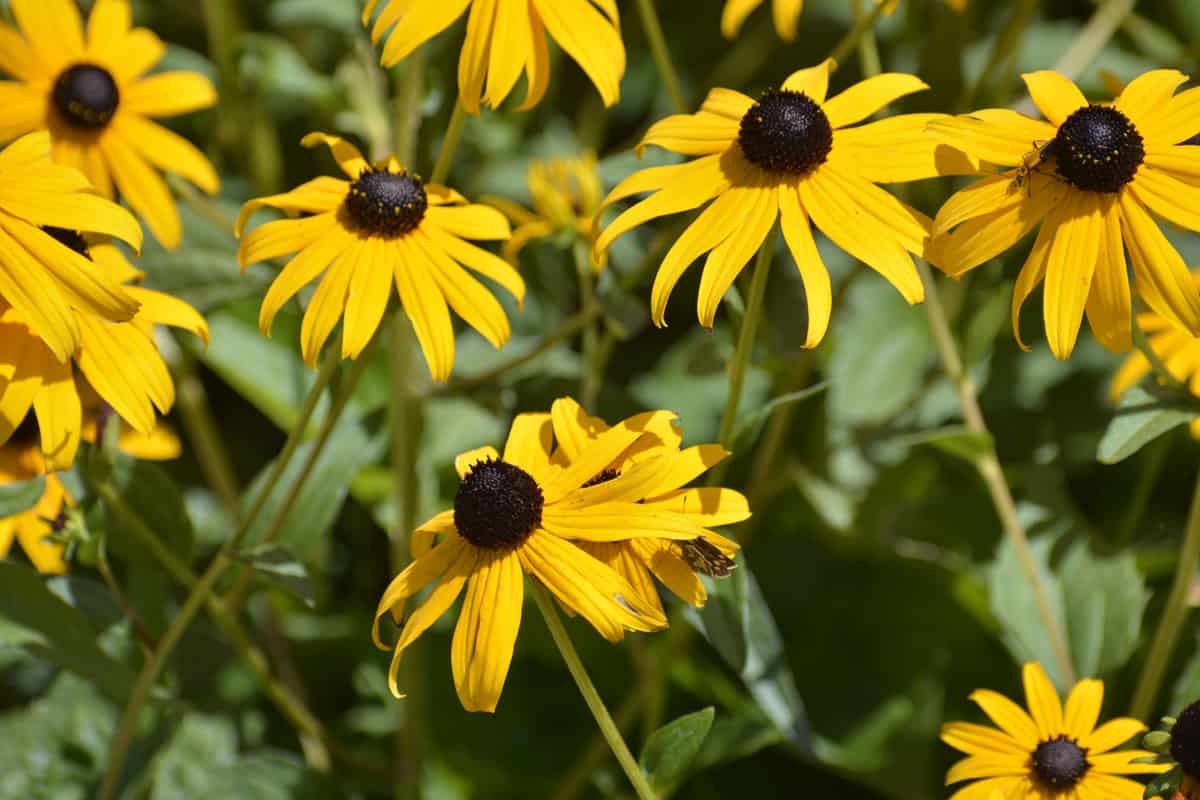
This perennial plant can tolerate temperatures as low as -10 °F (-23.3 °C) and thrives in full sun, adding a touch of warmth and charm.
3. Russian Sage (Perovskia atriplicifolia)
Russian Sage is a drought-tolerant perennial that thrives in Zone 6a's climate. Its wispy, silver foliage and lavender-blue blooms add an enchanting touch to the garden.
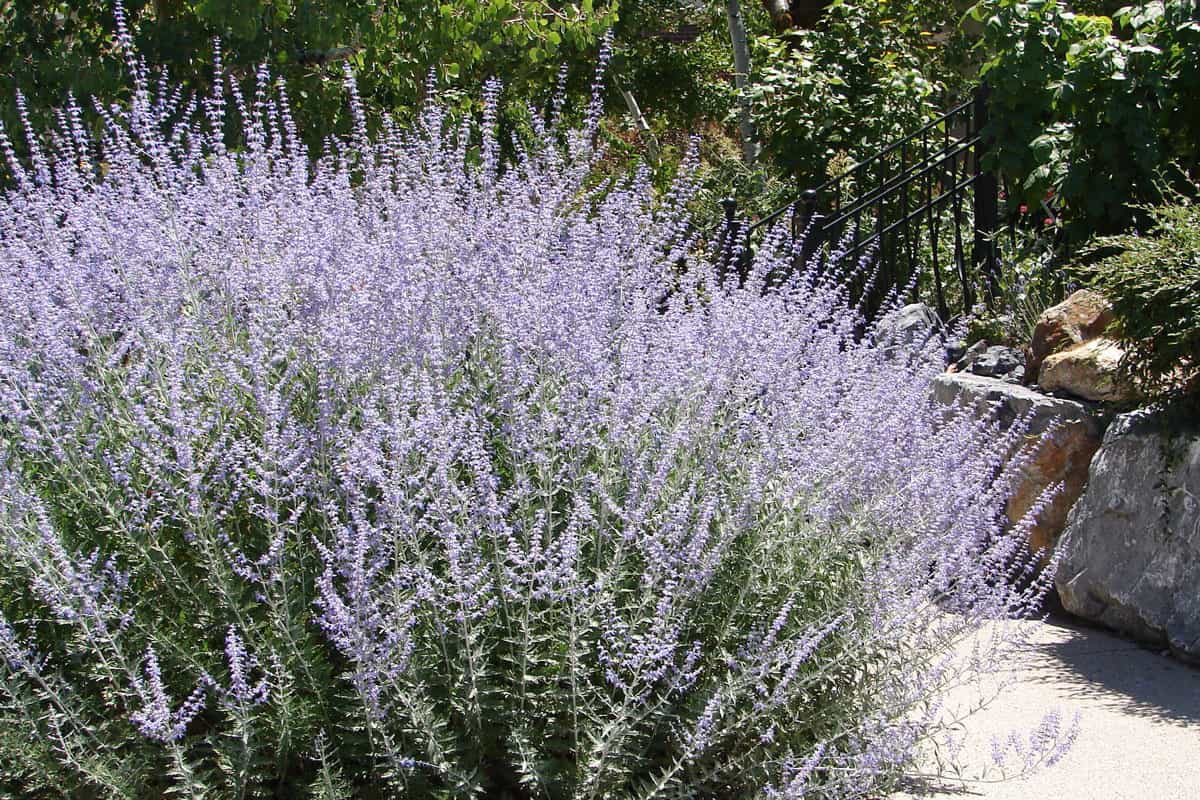
Russian Sage can withstand temperatures as low as -10 °F (-23.3 °C) and prefers full sun.
4. Japanese Maple (Acer palmatum)
Japanese Maples are prized for their stunning foliage and graceful form. These trees thrive in Zone 6a and can tolerate temperatures as low as -5 °F (-20.6 °C).

With their vibrant colors and unique leaf shapes, Japanese Maples bring elegance to any landscape.
5. Hosta (Hosta spp.)
Hostas are beloved for their lush foliage and ability to thrive in the shade. These perennials come in various sizes and colors, adding texture and beauty to Zone 6a gardens.

They can tolerate temperatures down to -10 °F (-23.3 °C) and are excellent for shady areas.
Daylilies are reliable perennials for Zone 6a gardens. They come in various colors and can tolerate temperatures as low as -10 °F (-23.3 °C), adding pops of color throughout the summer months.
6. Peony (Paeonia spp.)
Peonies are treasured for their large, fragrant flowers and are popular for Zone 6a gardens.
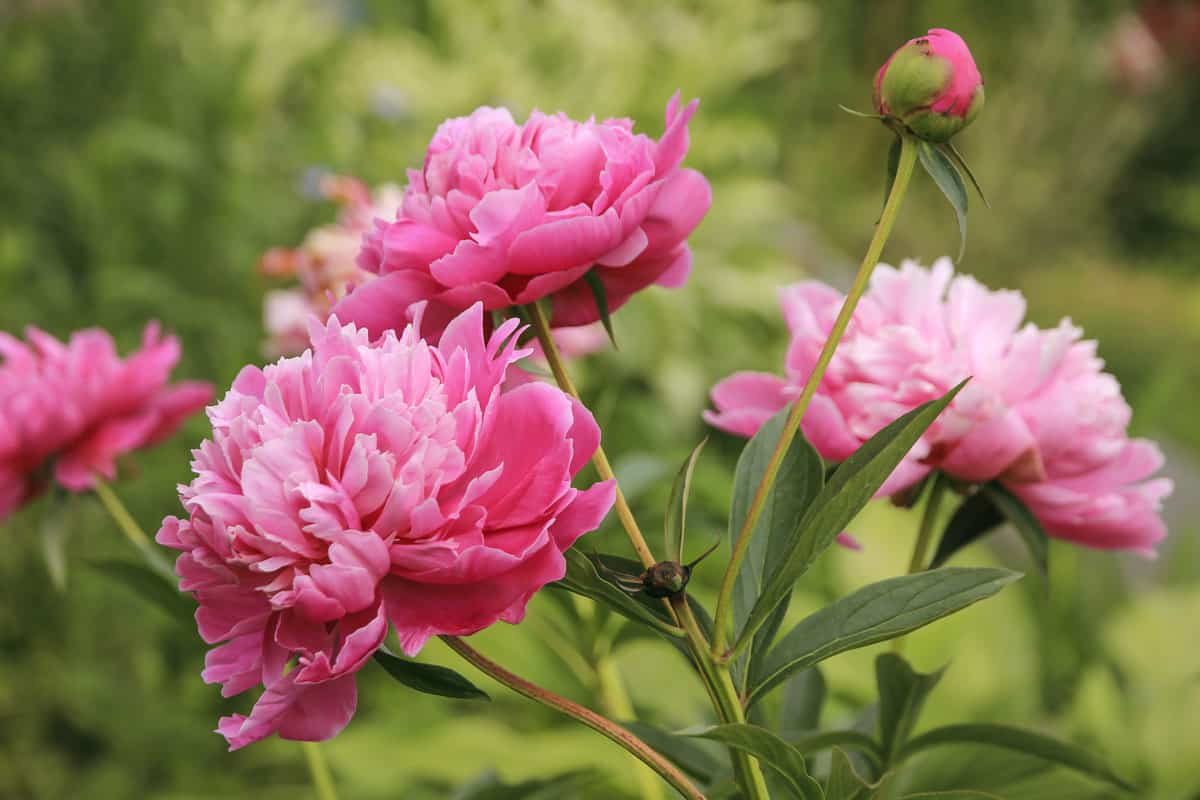
These hardy perennials can withstand temperatures as low as -10 °F (-23.3 °C) and bring elegance and beauty to any garden.
7. Bee Balm (Monarda spp.)
Bee Balm is a vibrant and aromatic perennial that thrives in Zone 6a's climate. Its showy red, pink, and purple flowers attract pollinators and add a burst of color to the garden.

Bee Balm can tolerate temperatures as low as -10 °F (-23.3 °C) and prefers full sun to partial shade.
8. Ornamental Grasses (Miscanthus spp., Panicum virgatum, etc.)
Ornamental grasses provide texture, movement, and architectural interest to Zone 6a gardens.

Varieties like Maiden Grass, Switchgrass, or Feather Reed Grass are hardy and can tolerate temperatures down to -10 °F (-23.3 °C), adding visual appeal throughout the year.
9. Coral Bells (Heuchera spp.)
Coral Bells are prized for their colorful foliage, which ranges from deep burgundy to vibrant green with unique patterns.
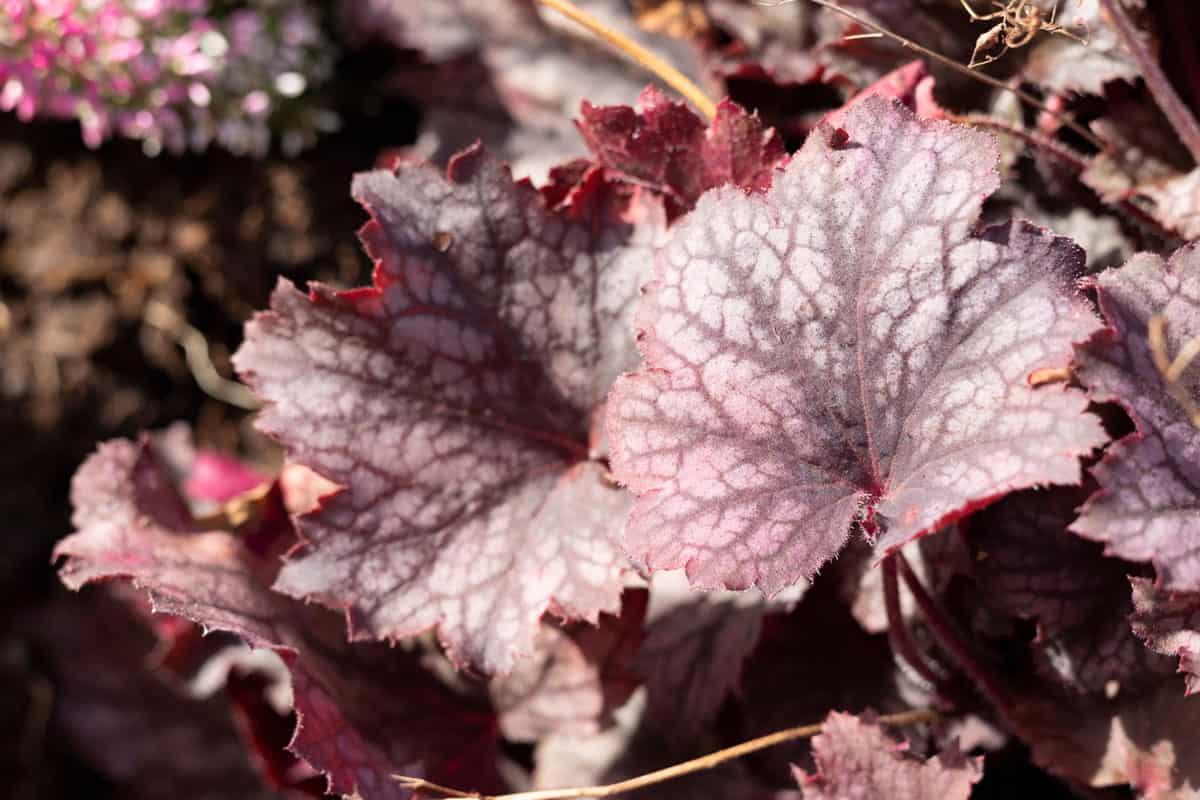
These perennials can withstand temperatures as low as -10 °F (-23.3 °C) and thrive in partial shade, adding color and texture to Zone 6a gardens.
10. Astilbe (Astilbe spp.)
Astilbes are feathery, perennial plants that thrive in Zone 6a's moderate climate. Their fluffy blooms in pink, white, and red shades bring softness and elegance to the garden.
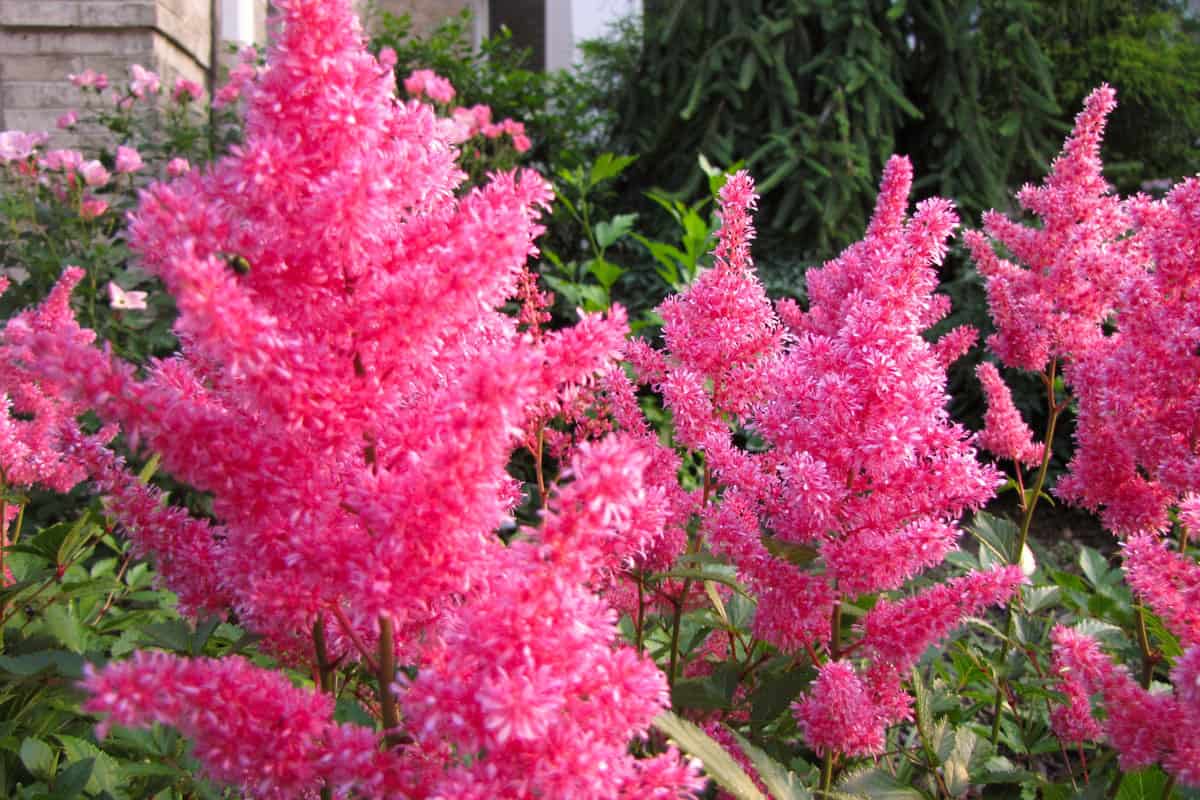
Astilbes can tolerate temperatures as low as -10 °F (-23.3 °C) and prefer partial shade and moist, well-drained soil.
11. Balloon Flower (Platycodon grandiflorus)
The Balloon Flower is a charming perennial that produces balloon-like buds that burst open to reveal beautiful blue, white, or pink star-shaped flowers.
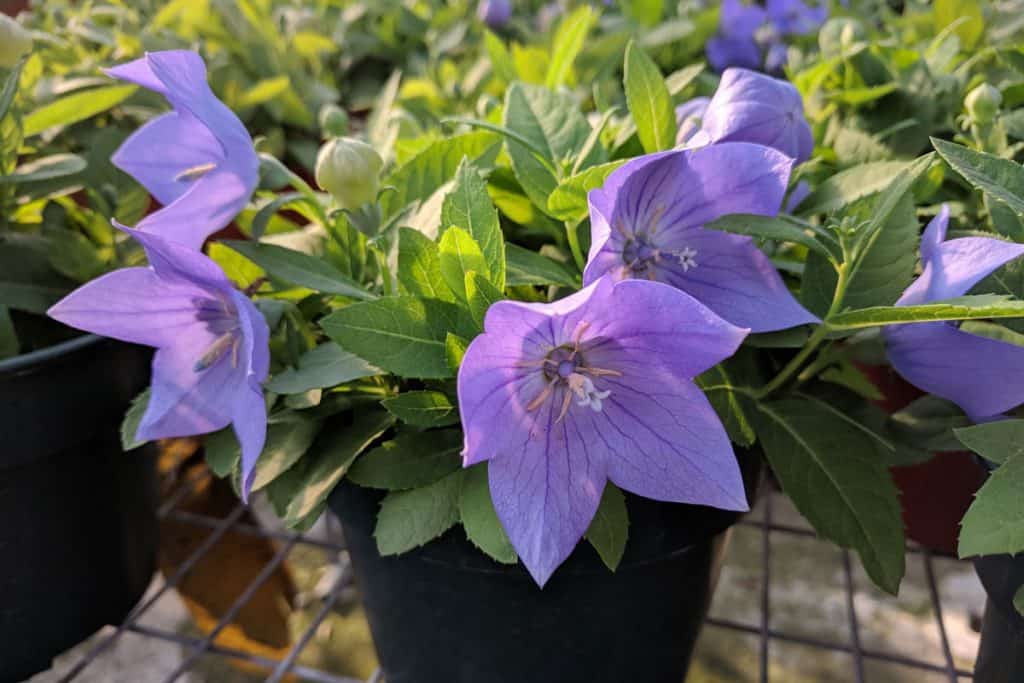
It can tolerate temperatures as low as -10 °F (-23.3 °C) and add whimsy to Zone 6a gardens.
12. Lungwort (Pulmonaria spp.)
Lungwort is a low-growing perennial that thrives in the cool conditions of Zone 6a. It offers attractive silver-spotted leaves and delicate pink, purple, or blue flowers.

Lungwort can tolerate temperatures as low as -10 °F (-23.3 °C) and prefers partial shade to full shade, making it an excellent choice for shady garden areas.
13. Virginia Bluebells (Mertensia virginica)
Virginia Bluebells are woodland perennials that thrive in Zone 6a's cooler temperatures.

They produce clusters of bell-shaped flowers in shades of blue, pink, or white, adding a touch of enchantment to the garden.
Virginia Bluebells can tolerate temperatures as low as -10 °F (-23.3 °C) and prefer partial shade and well-drained soil.
14. Japanese Painted Fern (Athyrium niponicum)
Japanese Painted Fern is a striking foliage plant that adds elegance and texture to Zone 6a gardens.
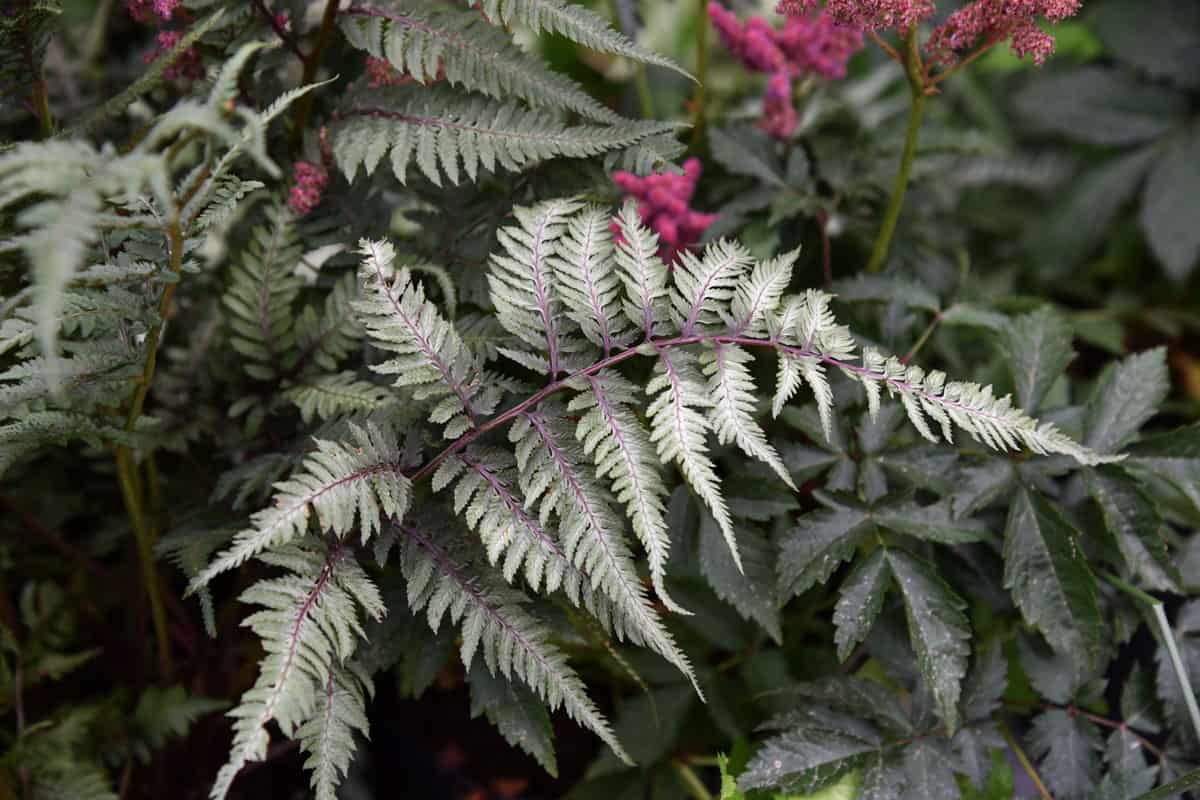
Its unique fronds in silver, green, and purple shades create a beautiful contrast in shady areas.
Japanese Painted Fern can tolerate temperatures as low as -10 °F (-23.3 °C) and thrives in moist, well-drained soil in partial to full shade.
15. Bleeding Heart (Dicentra spectabilis)
Bleeding Heart is a classic perennial known for its heart-shaped pink or white flowers that dangle from arching stems.
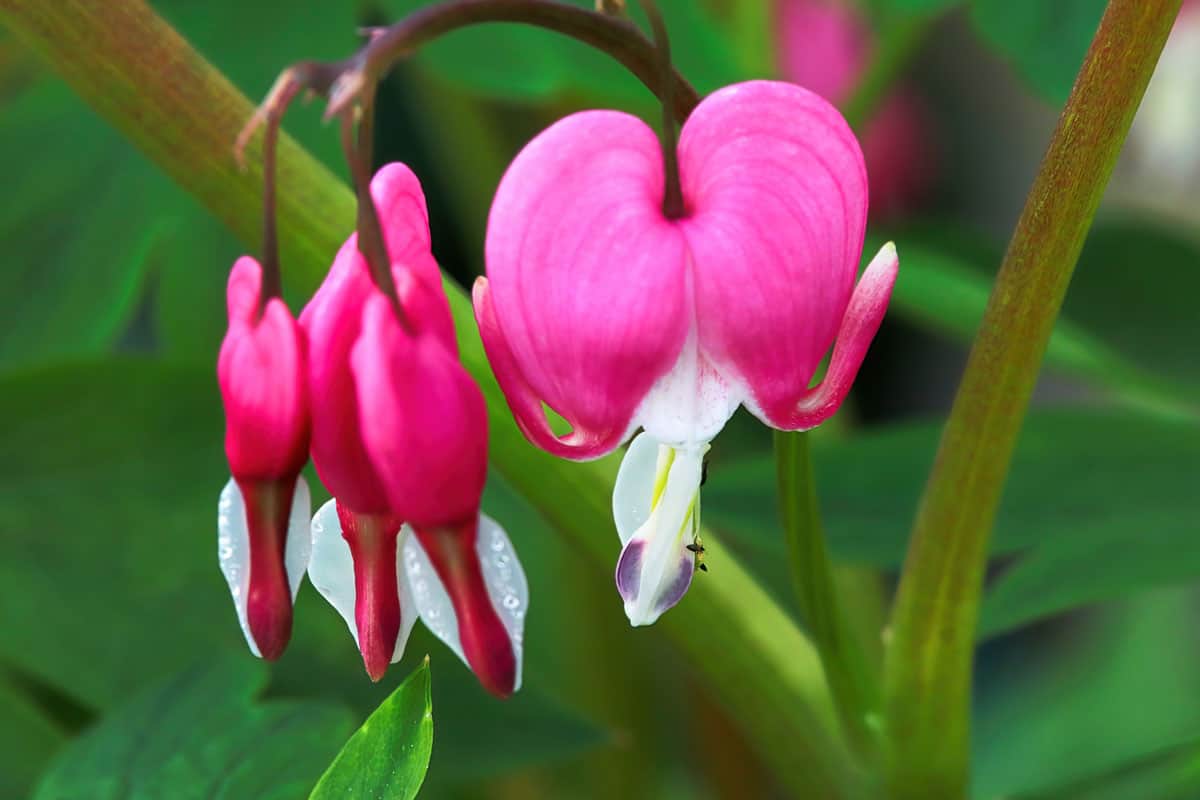
It brings a touch of romance and charm to Zone 6a gardens. Bleeding Heart can tolerate temperatures as low as -10 °F (-23.3 °C) and prefers partial shade and rich, well-drained soil.
16. Japanese Forest Grass (Hakonechloa macra)
Japanese Forest Grass is a graceful ornamental grass that thrives in Zone 6a.
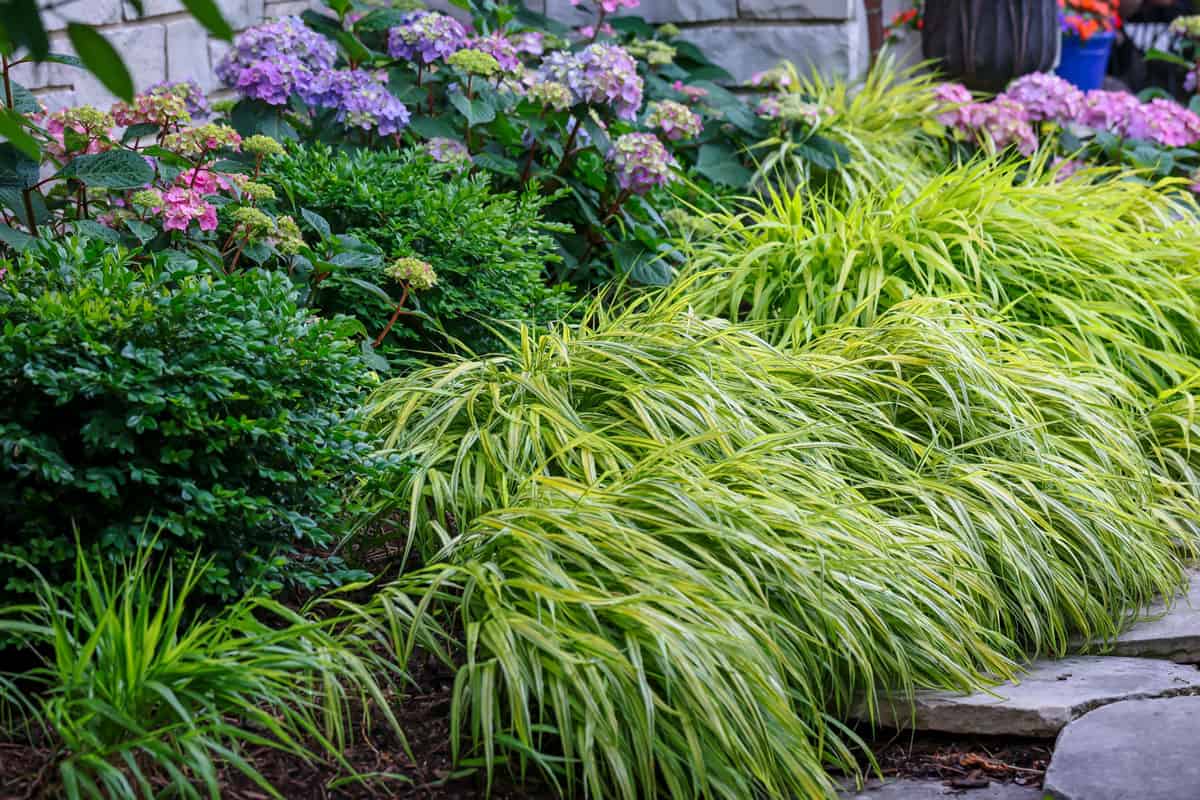
Its cascading foliage in shades of green or gold adds texture and movement to the garden.
Japanese Forest Grass can tolerate temperatures as low as -10 °F (-23.3 °C) and prefers partial shade.
17. Russian Almond (Prunus tenella)
Russian Almond is a small deciduous shrub that offers delicate pink or white flowers in early spring. It adapts well to Zone 6a's climate and can tolerate temperatures as low as -10 °F (-23.3 °C).
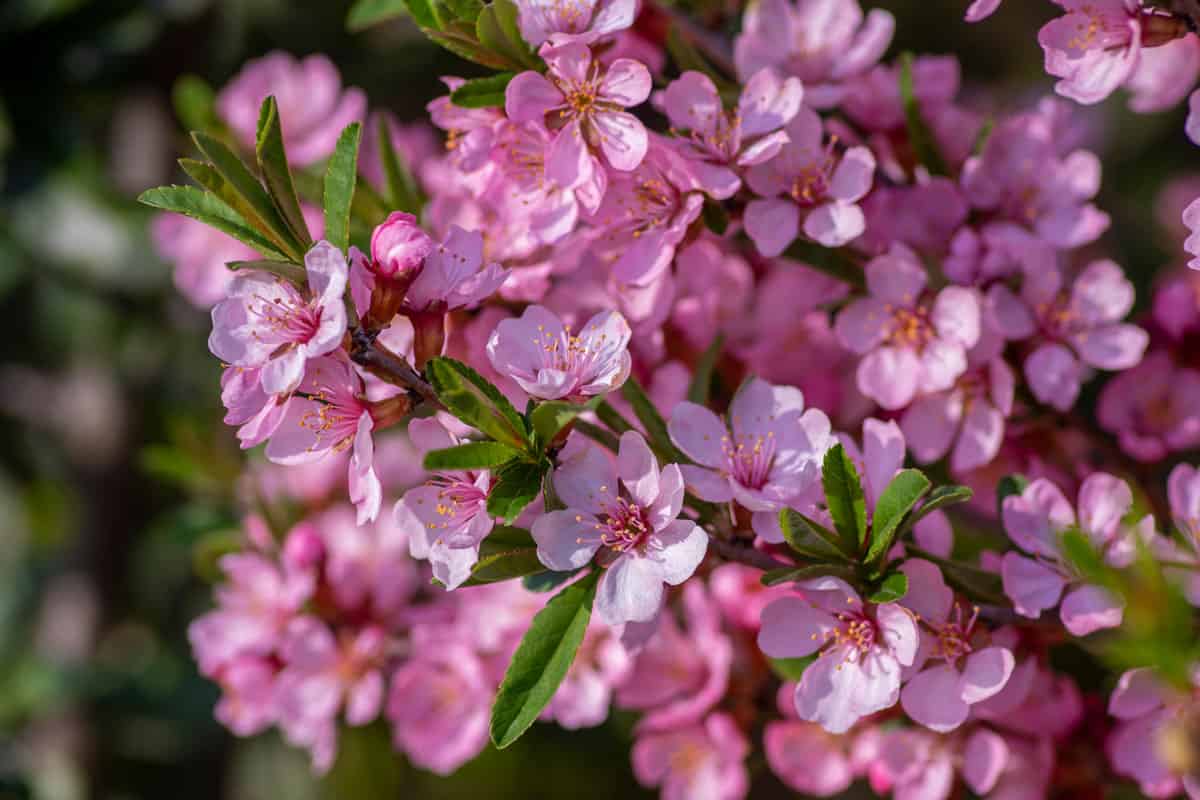
Russian Almond prefers full sun and well-drained soil, making it a lovely addition to the garden.
18. Hydrangea (Hydrangea spp.)
Hydrangeas offer stunning blooms and are a favorite in many gardens.
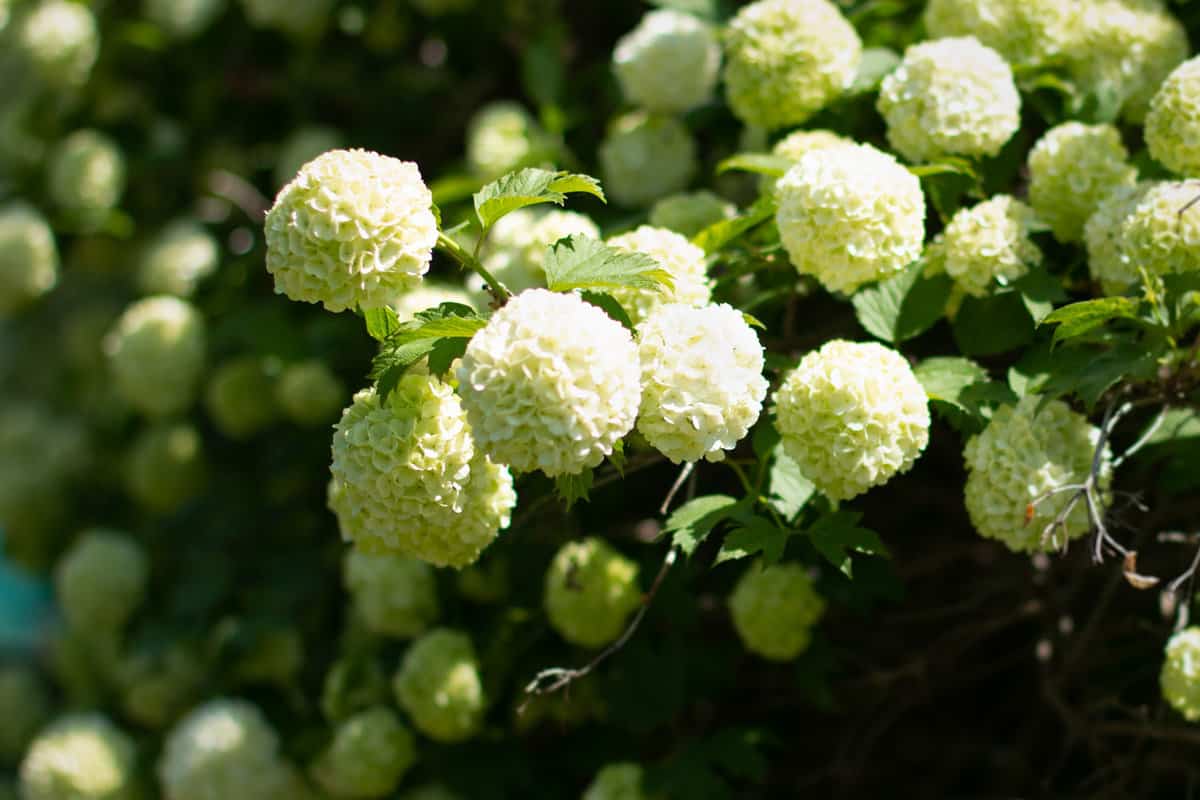
Varieties such as the Endless Summer or the Annabelle Hydrangea can tolerate temperatures as low as -10 °F (-23.3 °C) in Zone 6a.
These beautiful shrubs thrive in partial shade to full sun and provide a showy display of flowers.
Treat yourself to these additional articles:
10 Zone 6 Plants That Like Wet Soil
Cold Hardy Citrus For Zone 6? [5 Suggestions For Your Landscaping]
10 Zone 6 Plants That Like Wet Soil
Charm and Diversity
Zone 6a offers a moderate climate for gardening, with mild winters and warm summers. By selecting the right plants, you can create a thriving and visually appealing garden that embraces the beauty of this zone.
From the elegant Hydrangeas and Coneflowers to the hardy Hostas and Coral Bells, these plants add color, texture, and fragrance to your landscape.
When choosing plants for your Zone 6a garden, consider their specific requirements, including sunlight, soil conditions, and water needs. By providing the ideal growing conditions, you can ensure the success of these plants and enjoy a vibrant and flourishing garden throughout the seasons.
Embrace the beauty of Zone 6a and let your garden thrive with these wonderful plant selections. Whether you're a seasoned gardener or just starting, these 17 best plants will enhance your outdoor space, creating a haven of natural beauty and tranquility.
